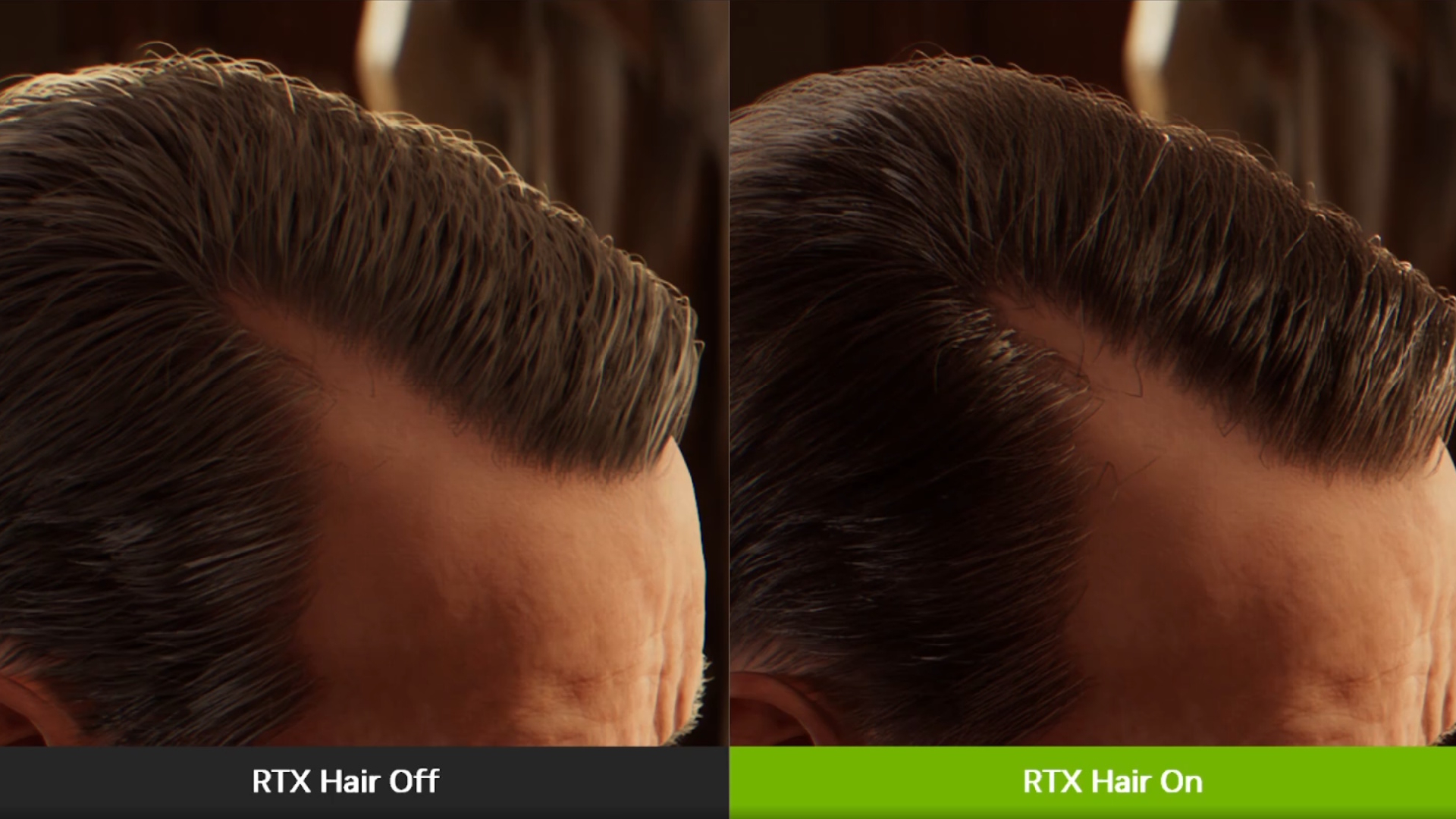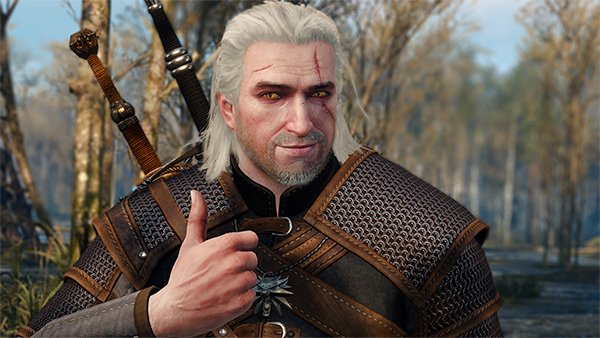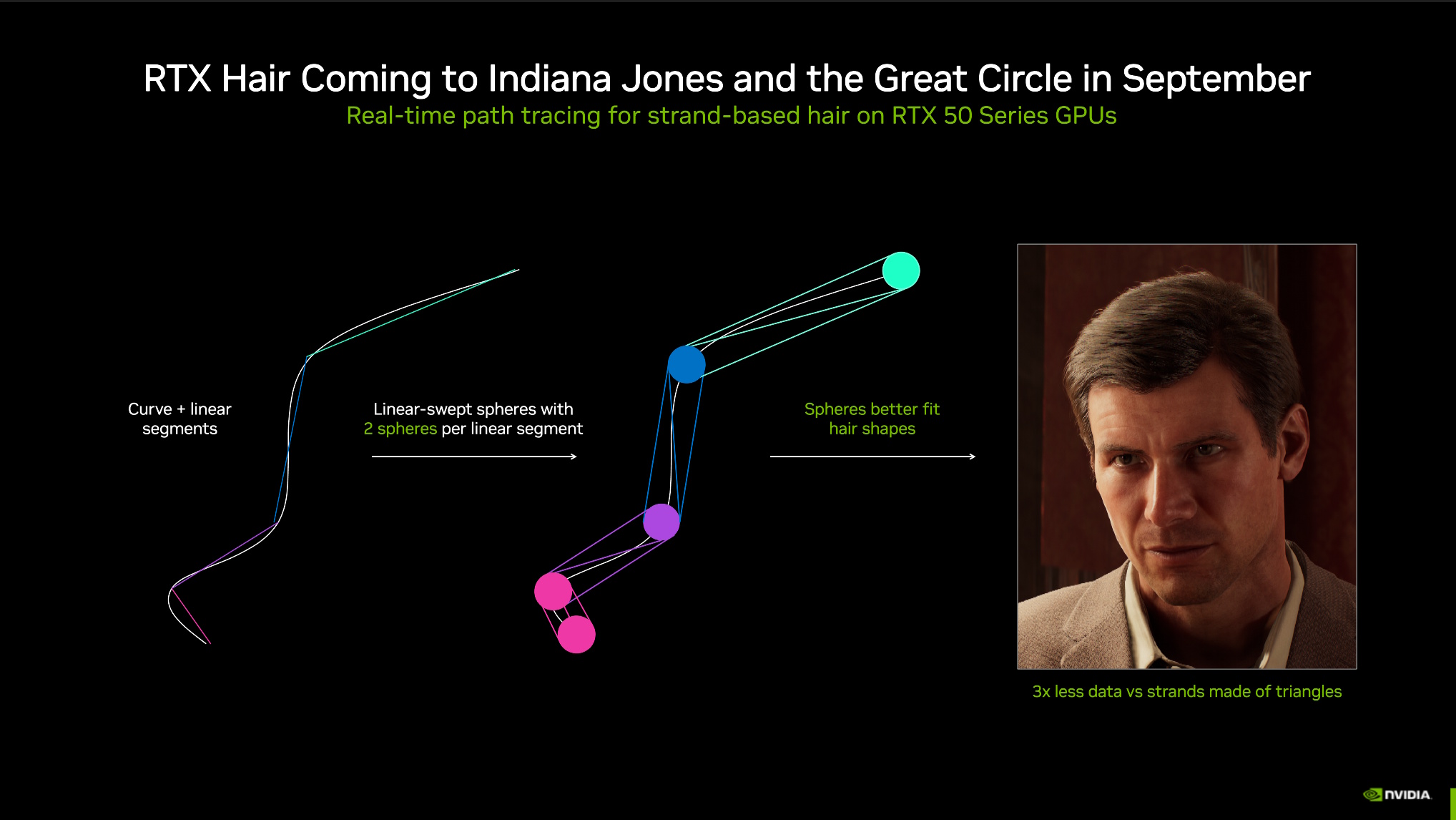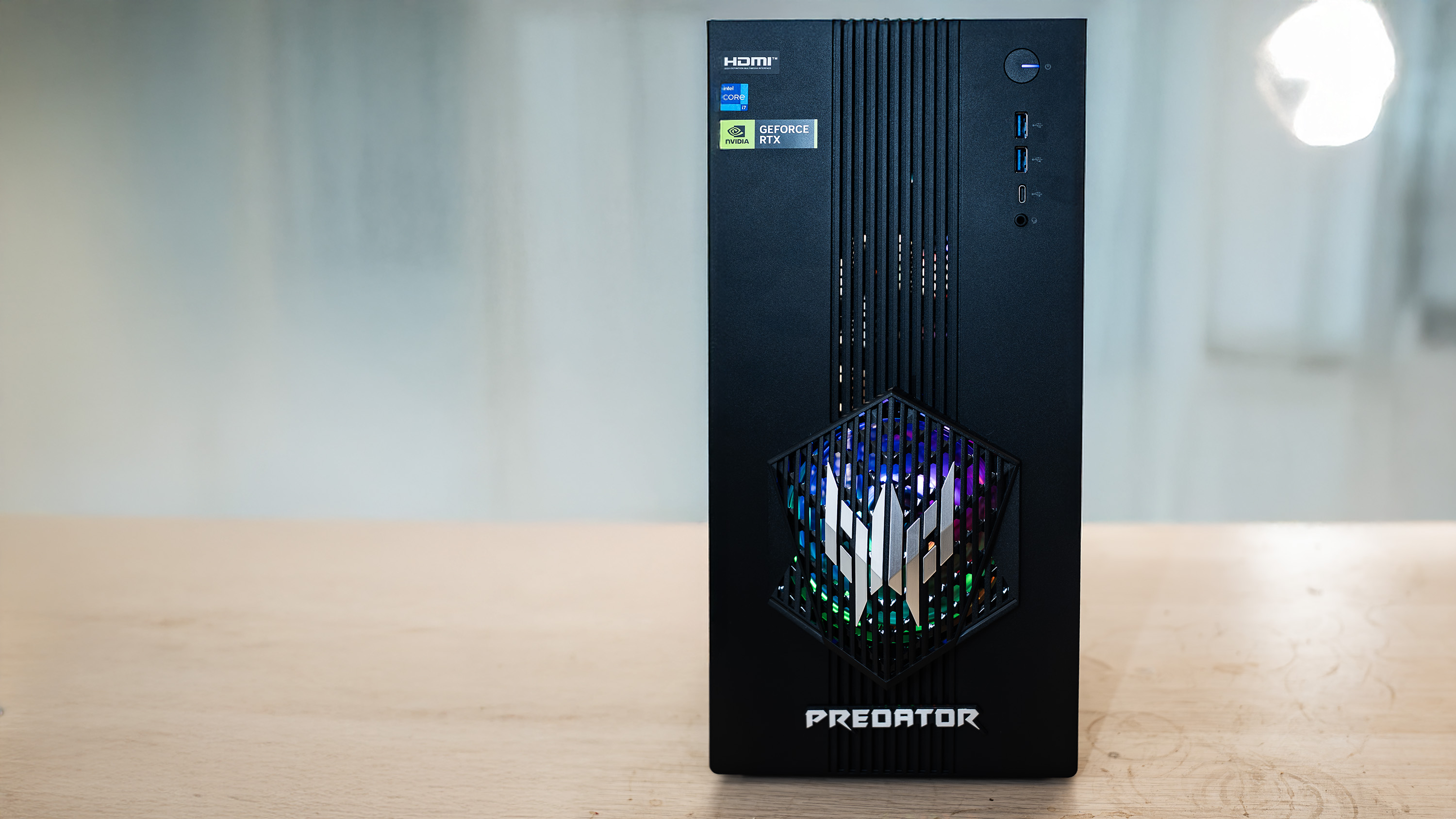Nvidia's RTX Hair feature looks set to give the cast of Indiana Jones and the Great Circle some fabulously luscious locks
Harrison Ford has been at the pomade, apparently.

I am a long-haired human being, and as a result, I spend a significant portion of my day trying to keep it looking smooth. If I were a game character, however, I'd be campaigning for the addition of Nvidia's RTX Hair tech, as by the looks of what it's done to the cast of Indiana Jones and the Great Circle, it's some sort of follicle-based magic.
Nvidia first announced RTX Hair as part of its technology suite for RTX 50-series graphics cards earlier this year, although at the time it was promised as a "future update" for Indy's latest action-adventure romp. The future is almost now, folks, as apparently, said update will be with us this September.
Beyond making hair look more realistic, the tech itself is actually a really interesting way to solve a common graphics rendering problem—how to make individual strands of hair look like anything other than grainy piles of straw while ensuring smooth performance.
Traditionally, video game hair strands are rendered as linked sequences of triangles, creating a ton of geometry that's rather taxing for a graphics card to display en masse. RTX Hair, however, renders a strand with Linear Swept Spheres, or LSS, a new primitive introduced with the RTX 50-series.
Nvidia says this improves the fit of the rendered strand to traditional hair shapes. It's also claimed to keep performance smooth and the VRAM footprint small, while also enabling better illumination and shadows on the hair itself—resulting in a realistic-looking hairdo that Harrison Ford himself would be proud of.
Those of us who have been around for a while will remember Nvidia HairWorks, which was probably used to best effect in The Witcher 3. It made furry creatures (and Geralt's luscious locks) flow with the wind, but it also had a tendency to tank performance, so it was one of the first things most people would recommend turning off.

HairWorks used a more traditional tessellation-based technique to achieve the effect, and again, all that geometry and associated physics really took its toll on your framerate. If RTX Hair can achieve an even better-looking effect while keeping the frames smooth, this might be the start of a whole host of smooth, stylish 'dos in games to come.
Keep up to date with the most important stories and the best deals, as picked by the PC Gamer team.
Or, like HairWorks, it could fall into obscurity. Still, things are getting hairy in the world of Nvidia, and it'll be interesting to see if this tech finally manages to give us the shiny in-game locks of our dreams. Or, y'know, something like DragonAge: The Veilguard's Strand Hair technology could work as well. Turns out it's not just Nvidia paying attention at the hairdressers.

1. Best overall: AMD Radeon RX 9070
2. Best value: AMD Radeon RX 9060 XT 16 GB
3. Best budget: Intel Arc B570
4. Best mid-range: Nvidia GeForce RTX 5070 Ti
5. Best high-end: Nvidia GeForce RTX 5090

Andy built his first gaming PC at the tender age of 12, when IDE cables were a thing and high resolution wasn't—and he hasn't stopped since. Now working as a hardware writer for PC Gamer, Andy spends his time jumping around the world attending product launches and trade shows, all the while reviewing every bit of PC gaming hardware he can get his hands on. You name it, if it's interesting hardware he'll write words about it, with opinions and everything.
You must confirm your public display name before commenting
Please logout and then login again, you will then be prompted to enter your display name.


